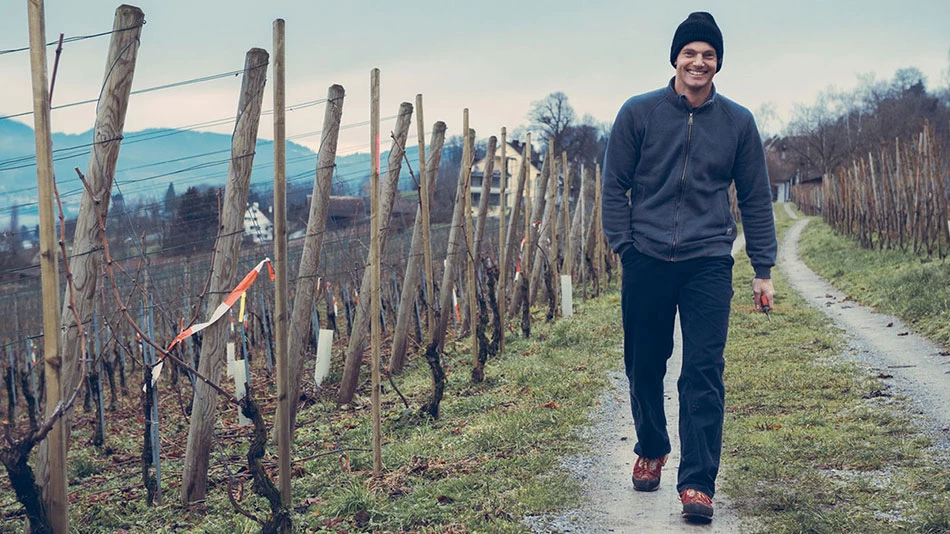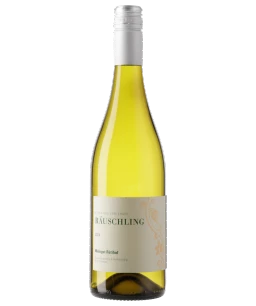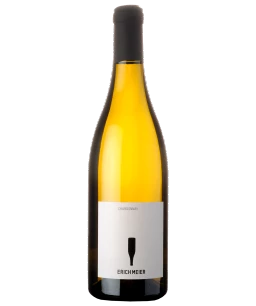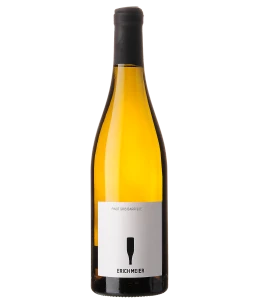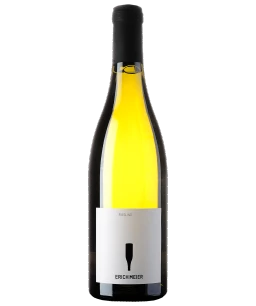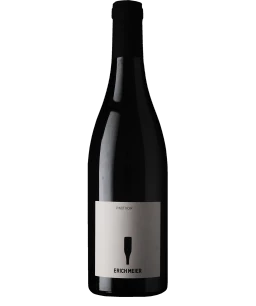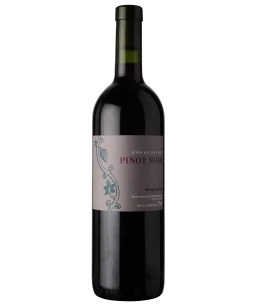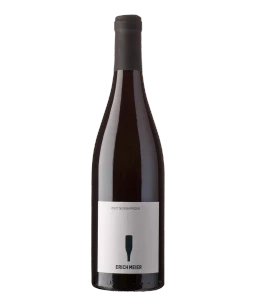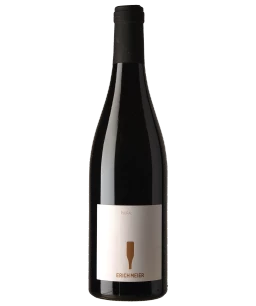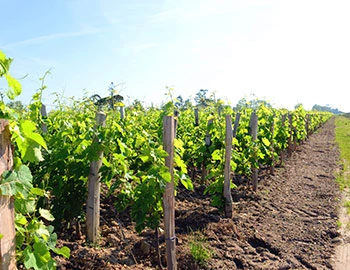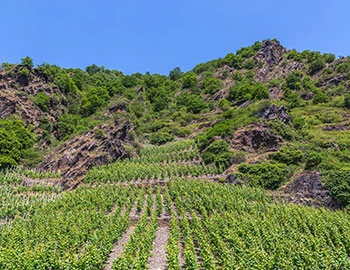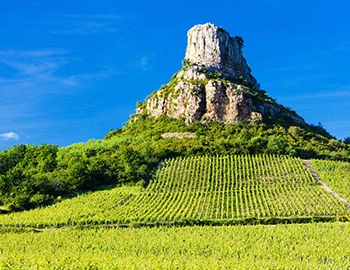Zürich
Zurich: On the way to the top
With a cultivated area of 620 hectares, Zurich is the largest wine-producing canton in German-speaking Switzerland. The potential is great at prime locations on Lake Zurich and in the various river valleys. It is no surprise that a steadily increasing number of top wines are vinified here. The major variety is Pinot Noir. But white varieties also exceed exquisitely, such as Müller-Thurgau and the long-established Räuschling, as well as international varieties like Chardonnay and Sauvignon Blanc. The wine-producing canton of Zurich is currently experiencing the most sustained upswing in quality in its history.
White wines from Zürich
Red wines from Zürich
Climate change has undoubtedly helped Zurich winemakers in their quality efforts, especially with the leading red variety, Pinot Noir. Thirty years ago, it was too cold seven out of ten years to produce top wines. Today, seven in ten years see perfect conditions, and in the remaining three years, it tends to be too hot. Thus the rustic, light Clevner – once the embodiment of Pinots from Zurich – has already become a near-rarity, while fully-structured Blauburgunders, aged in large or small oak barrels, have become the norm.
Impressive steep slopes
Today, the vineyards of the canton of Zurich are widely scattered throughout the canton. Quality crus are even produced in the district of the city of Zurich (in Sonnenberg, Bürgli and Höngg locations) and Winterthur (in Goldberg). Zurich has a large number of sometimes very steep prime locations, which may be described – in the fullest sense of the word – as grand cru: among others, these include Sternenhalde and Lattenberg in Stäfa; Chorb in Rheinau, Schiterberg in Andelfingen and Stadtberg in Eglisau.
Deep soils dominate
Viticulture is carried out in Zurich on primarily deep, weathered moraine soils that are moderately calcareous. In the upper stretches of the slopes, Nagelfluh (conglomerate) belts and sandstone can be found; in the lowlands, on the other hand, there is mostly loam or gravel. The vineyards lie between 400 and 600 metres above sea level. Precipitation is usually slightly higher than 1,000 millimetres per year per square metre.
Benedictine monks as pioneers
On the monastery island of Rheinau, Benedictine grew wine as early as the 9th century. Around 1880, more than 5,500 hectares were planted with vines in Zurich, but phylloxera spelled an abrupt end to this boom. Today, Zurich viticulture is experiencing a small renaissance. Even the long-established Räuschling, once notorious for its horrendous acid, has developed into a finely fruity, balanced planting. Along with Pinot Noir and Müller-Thurgau, first-class specialties today succeed from varieties such as Viognier, Scheurebe, Riesling, Gamay and even Malbec. Fungus-resistant varieties are also yielding more and better results than ever.
